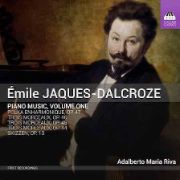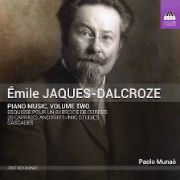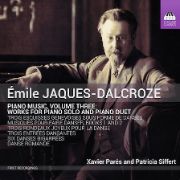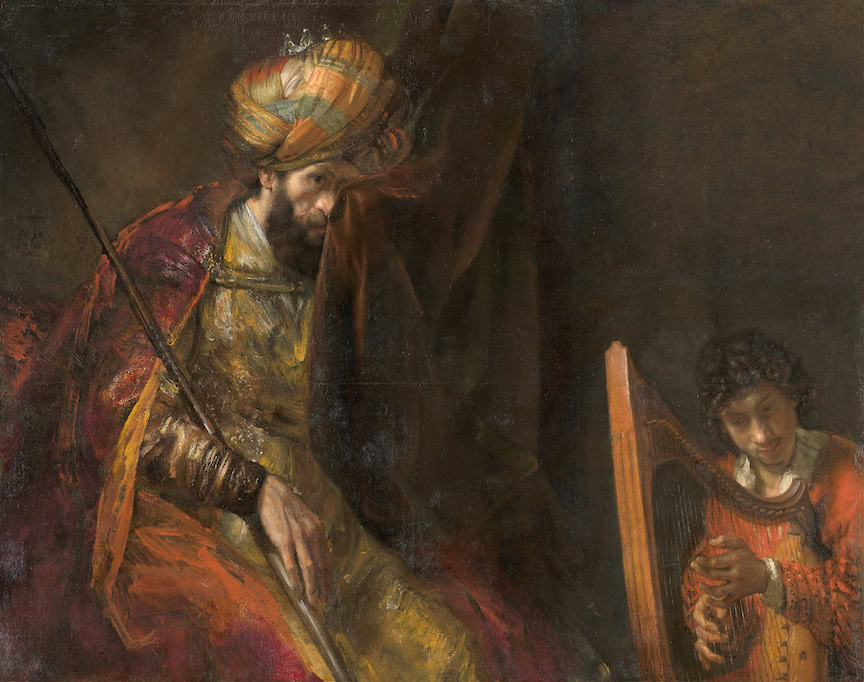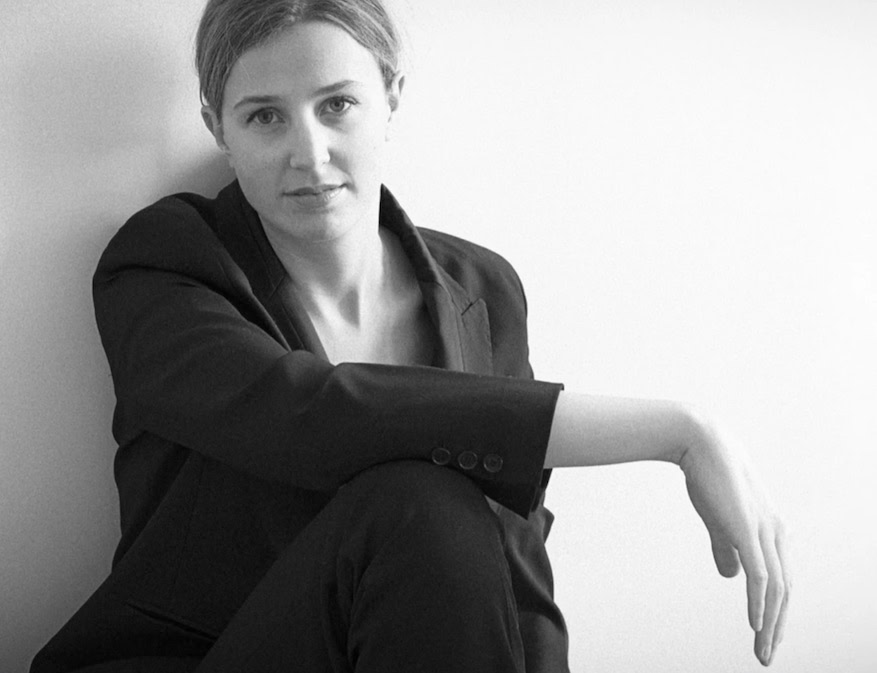Dalcrozian piano
Three recently released CDs testify to the diversity of Jaques-Dalcroze's piano work.
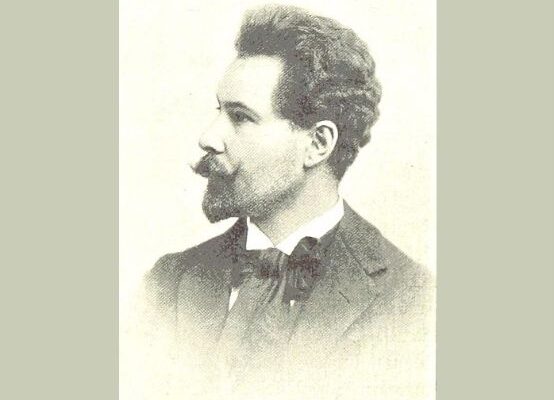
Following his musical training at the Geneva Conservatory, the composer and great pedagogue Emile Jaques-Dalcroze continued his studies in Vienna, with Bruckner and Fuchs, and in Paris, where he worked with Delibes and Fauré and met Mathis Lussy, author of a A treatise on musical expression and rhythmic theories that had a profound effect on him. This dual Germanic and Latin influence was to be found in the early works of the Genevan composer. An accomplished pianist, Jaques-Dalcroze entrusted his instrument with a prolific output that includes not a single sonata, but short pieces, mostly in free form, generally grouped together in collections. The Emile Jaques-Dalcroze Family Foundation, the Association des Amis de Jaques-Dalcroze and the Association Harmonia Helvetica have produced a three-volume anthology on the Toccata records label, in order to bring the most significant pages of this corpus out of oblivion. This broad overview clearly reveals his stylistic evolution: first, before 1900, genre pieces that recall both Schumann and the Parisian salons, in particular the delightful and playful Enharmonic polka or the almost Faurean Aria from Three pieces op.46, while a Impromptu-Capriccio op.44 is close to Chabrier; then, after the implementation of his eponymous Méthode, more personal compositions, in which the didactic intention of bodily perception of rhythm predominates. Rhythm is treated with remarkable diversity, for example in his best opus, the 20 Caprices and Rhythmic StudiesThe richer harmonies, the constant modulations, the melodies that are often freed from barlines and breathe more freely, all reveal a sensibility closer to the French music of the early 20th century. Naturally, dance movements abound, even if they are no longer based solely on pre-existing models. The influence of dances from across the Atlantic (tango, foxtrot, charleston, rag-time, etc.) or of light music renews his language, and the music-hall atmosphere that emanates from it reminds us that the inventor of Rythmique was also a merry chansonnier. The committed, convincing performance of the four excellent pianists (Paolo Munaò, Xavier Parés, Adalberto Maria Riva and Patricia Siffert) involved in this project does full justice to these pieces, from which they extract all their dynamic sap and mischievous vivacity. The quality of the booklet notes, written by Jacques Tchamkerten, a specialist in the great rhythmician, is also worthy of note.
Emile Jaques-Dalcroze: Piano Music, Volume One (Polka enharmonique op. 47, Trois morceaux op. 46, Trois morceaux op. 45, Trois morceaux op. 44, Skizzen op. 10). Adalberto Maria Riva. Toccata Classics TOCC 0473
Emile Jaques-Dalcroze: Piano Music, Volume Two (Esquisses pour un exercice de cordes, 20 Caprices and Rhythmic Studies, Cascades). Paolo Munaò. Toccata Classics TOCC 0532
Emile Jaques-Dalcroze: Piano Music, Volume Three (Works for Piano Solo and Piano Duet: Trois esquisses genevoises sous forme de dance, Musiques pour faire danser Books 1 and 2, Trois rondeaux joyeux pour la danse, Trois entrées dansantes, Six danses bigarrées, Danse romande). Xavier Parés and Patricia Siffert. Toccata Classics TOCC 0540






